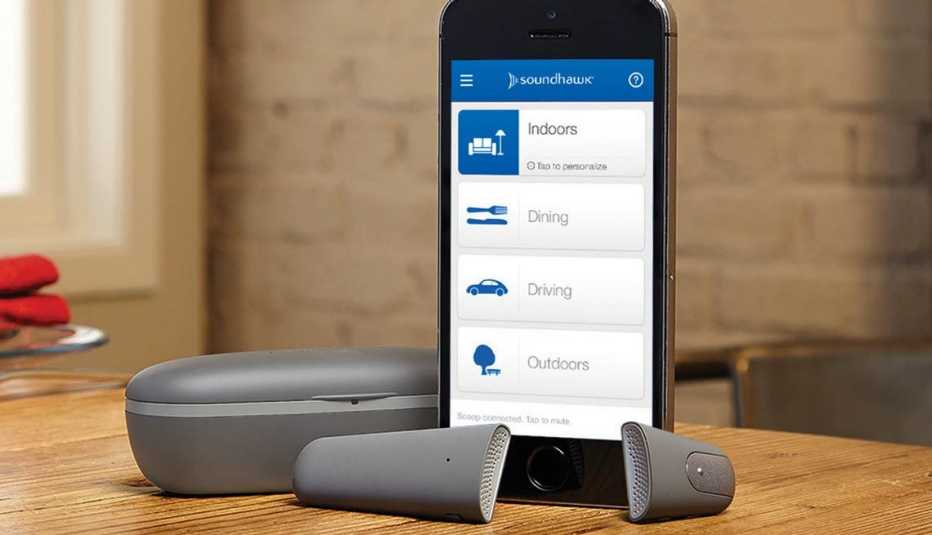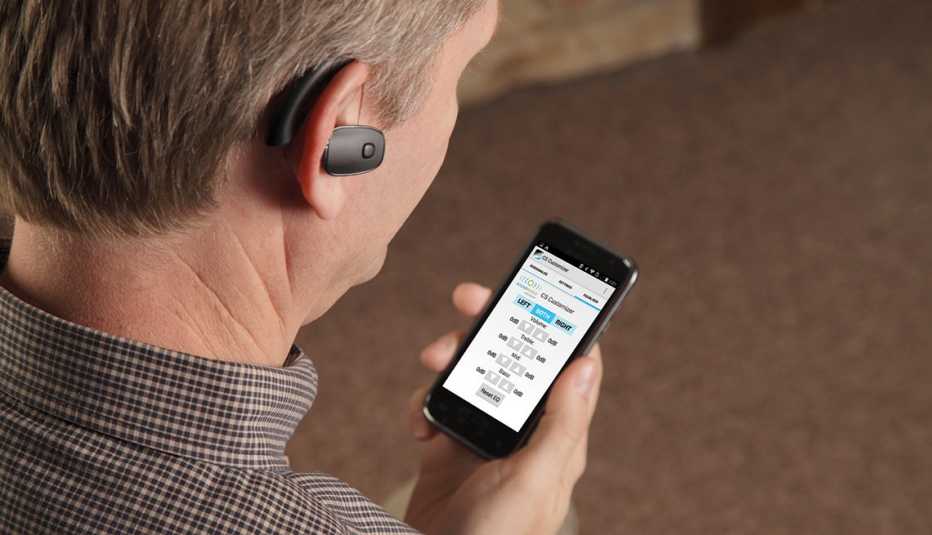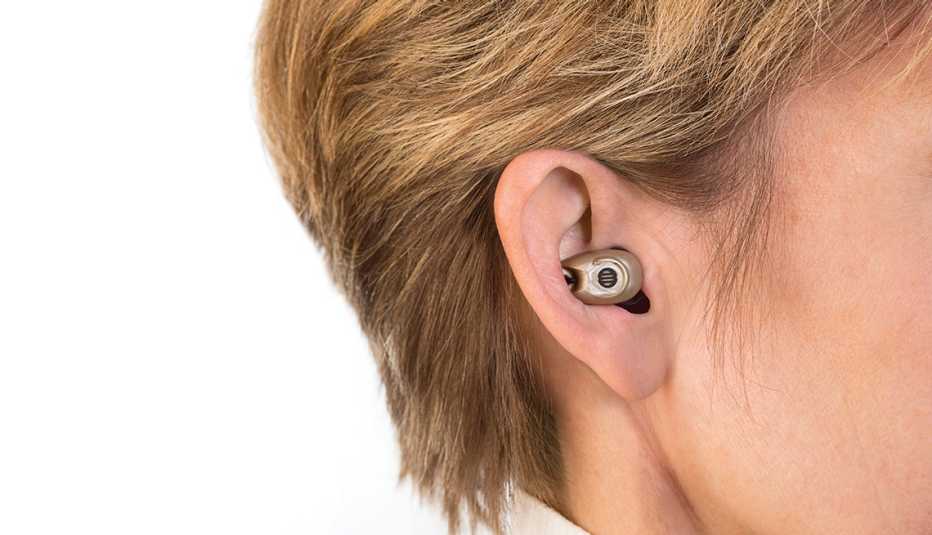AARP Hearing Center


Can't hear in noisy restaurants? Missing important announcements in meetings? Tired of having the TV volume at painful decibels? You're certain your hearing is still pretty good, but you just need a boost sometimes? Electronic devices called personal sound amplification products — or PSAPs — offer many of the benefits of hearing aids at a fraction of the cost.
As the name suggests, PSAPs amplify sounds but do not address other components of hearing loss, such as distortion. However, they are considerably cheaper than hearing aids. Devices cost an average of $250 to $350 each, compared with hearing aids, which range from $1,000 to $3,000 each.
PSAPs have actually been around "for a while," says Robert Sweetow, professor of otolaryngology at the University of California, San Francisco. But thanks to advances in electronic circuitry and technology, they have gotten smaller, more sophisticated — and more popular, he says. PSAPs have not been approved as a medical device by the Food and Drug Administration; they are classified as wearable electronic products for occasional, recreational use by consumers who are not hearing impaired.
Alan Bernheimer, at least, is a fan. For several years the marketing executive missed out on conversations in restaurants and at parties. He just sat there, nodding, grinning — and feeling uncomfortable. Hearing tests indicated that his loss was not severe enough for a hearing aid, but Bernheimer wanted to do something. Then he read about the Soundhawk, an electronic device designed to help people like him. It comes with a Bluetooth-like Scoop for the ear and a small optional wireless microphone. Bernheimer tried the Scoop when he and his wife were waiting for their table at a restaurant. "I put the Scoop in my ear and when my wife started talking, I told her she didn't have to shout," Bernheimer says. "I could hear her just fine."


Don't skip the hearing test
The price of the Soundhawk — around $350 — and similar devices makes them attractive to consumers. And purchase is easy. PSAPs are ready-to-wear right out of the box. They don't require any testing or fitting. That's the main concern expressed by audiologists and hearing health professionals: that in the rush to get low-cost hearing help, a potentially debilitating condition might go unexamined. A professional hearing test can determine if your hearing loss is simply age-related or the result of another medical cause, which can range from ear wax to a tumor.


































































More on Health
Travel Tips for Those With Hearing Loss
How to navigate some common challenges of planes, trains and automobiles
8 Everyday Noises That Could Cause Hearing Loss
Lawnmowers, leafblowers, exercise class, can take a toll